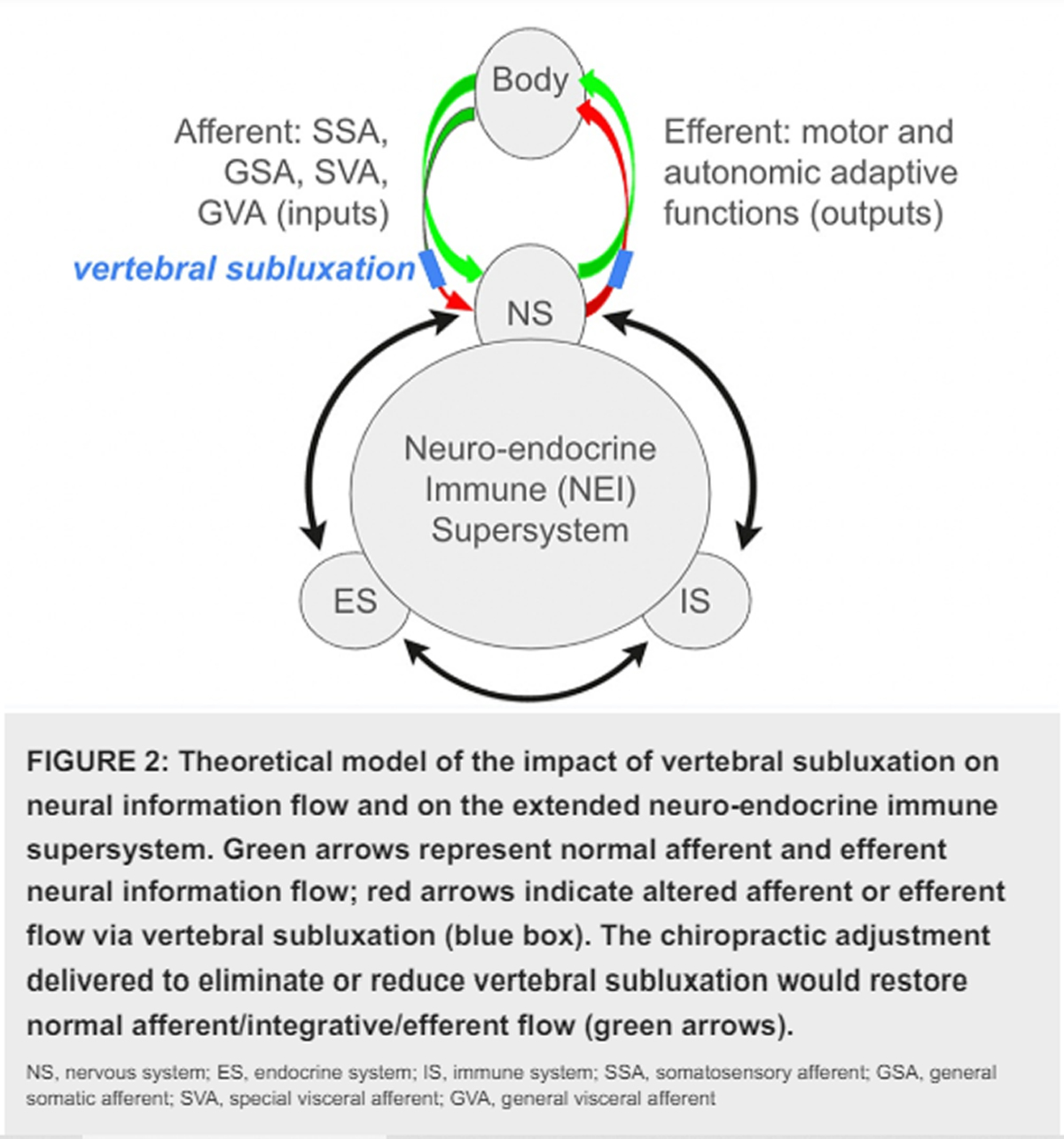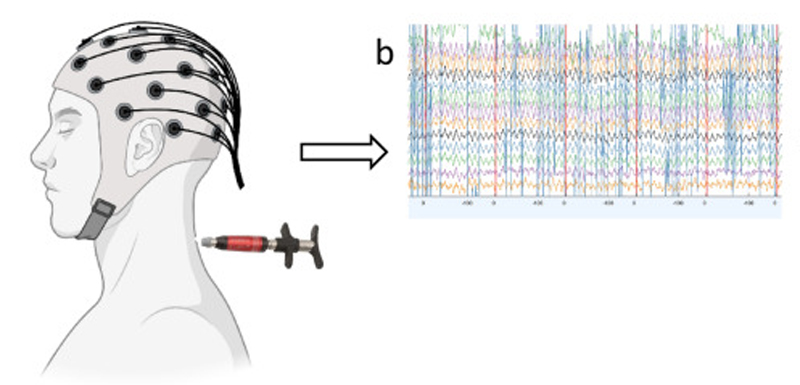The Chiropractic Vertebral Subluxation Part 10:
Integrative and Critical Literature From 1996 and 1997
SOURCE: J Chiropractic Humanities 2018 (Dec); 25: 146–168
Simon A.Senzon, MA, DC
School of Health and Human Sciences,
Southern Cross University,
Lismore, New South Wales, Australia.
Objective The purpose of this paper is to review and discuss the history of chiropractic vertebral subluxation (CVS) during 1996 and 1997. The literature during this period offered critical and integrative models emphasized by a need for research into operational and functional definitions.
Discussion Several integrative approaches emerged, from Rome’s 296 synonyms to Bergman’s Pain/Tenderness, Asymmetry/Alignment, Range of Motion Abnormality, Tissue Tone, Texture, Temperature Abnormality, and Special Tests (PARTS) analysis adopted by the profession in the United States. Other noteworthy contributions included Ruch’s Atlas of Common Subluxations, Epstein’s introduction of network spinal analysis, and Kent’s review of CVS models. Boone’s introduction of the Journal of Vertebral Subluxation Research was accompanied by his 3-part model with Dobson. These years also included the paradigm statement of the Association of Chiropractic Colleges, which was adopted by the American Chiropractic Association, International Chiropractors Association, and World Federation of Chiropractic. Two other papers included Nelson’s critique of the CVS paradigm and Keating’s 1996 “Hunt for the Subluxation.”
There are more articles like this @ our:
Conclusion The CVS reached a new stage of complexity and critique and offered new directions for research, integration, and development.
Key Indexing Terms Chiropractic, History
From the FULL TEXT Article:
Introduction
The theories of chiropractic vertebral subluxation (CVS) may have reached an apogee in the literature between 1996 and 1997. Several streams of discourse from preceding decades were captured in articles focused on criticism, [1] terminology, [2] integration, [3] consensus, [4] new vertebral models, [5–7] assessment procedures, [8] reviews of models, [9] and calls for various levels of research to study CVS. [7, 10, 11]
Events in chiropractic history are highlighted in this paper because of their relevance to CVS. The first was the trend to develop consensus statements that continued during this period. [12, 13] In 1996, the presidents of the chiropractic colleges in North America agreed to a definition of CVS, [41] which was endorsed by several national and international organizations. [14] During this period an “atlas of subluxations” was published, and develops a new perspective from the long tradition of dissection in chiropractic subluxation research. [15–20] Also, an assessment protocol became the methodology for CVS detection accepted by Medicare. [8, 21, 22] Debates in the profession about the lexicon continued during these years. As well, during this short period, increased calls were heard for research to include validity studies and reliability studies in chiropractic. [10] Keating also called for an operational definition for chiropractic, [10] which was answered by Owens, Boone, and Dobson. [5, 6, 7, 23]
During this time, the Journal of Vertebral Subluxation Research (JVSR) was developed originally to publish papers dedicated to research, theory, and models of CVS. [24] The JVSR was sponsored by the Council on Chiropractic Practice, [25] which was developing evidence-based guidelines for chiropractic during that time. [26] The JVSR was an outgrowth of that process and represented a school of thought, which was outside of the academic mainstream in chiropractic during this period. [27] It is possible that limited distribution, in addition to social and political forces within the profession, kept the wider profession from evaluating the articles in the journal on their own merits. The first 3 issues of the JVSR included Boone and Dobson’s Vertebral Subluxation Model (VSM); Kent’s review of subluxation models; and Epstein’s first peer-reviewed article, “Network Spinal Analysis: A System of Health Care Delivery Within the Subluxation-based Chiropractic Model.” [3, 5–9] These articles represent at least 4 different streams of the CVS literature and contribute to the context of this period. Boone and Dobson’s articles followed the trends to describe CVS as complex and proposed new research strategies for the profession. [5–7] Kent’s article reviewed the current literature, [9] and Epstein’s article demonstrated a practical integration of models and theories and was the culmination of more than a decade of clinical and theoretical development. [3, 28]
Read the rest of this Full Text article now!





Leave A Comment